Cellular Automata
Over the last fifty years cellular automata (CA) have become increasingly popular,
but their application to image processing has been limited by the need to
manually generate rule sets.
Therefore, we have investigated the possibility of training
CAs to perform several image processing tasks,
using the sequential floating forward search method to select good rule sets.
A range of tasks were tested: noise filtering, thinning, and convex hulls.
Our approach was developed for binary images, but can
also be applied to gray scale images using threshold decomposition.
For example, given examples of images corrupted with 3 X 3 salt and pepper blocks,
the following rules were learnt:




The rules are based on 3 X 3 neighbourhood patterns of eight white and/or black
(displayed as gray) pixels which are matched to windows in the test corrupted image, and
are shown with a black central pixel - which is flipped after the
application of the rule.
Applying these rules to the first image below gives the second image.
Compare this to the best results achieved using multiple iterations of
either a 3 X 3 or 5 X 5 median filter (shown as 3rd and 4th images):
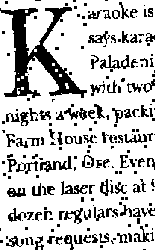
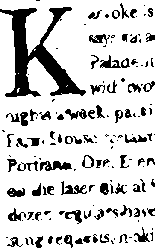
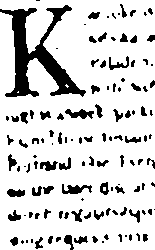
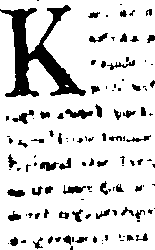
More recent work has looked at learning rules for grey level images.
Some examples of applying these rule to remove various types of noise are shown:
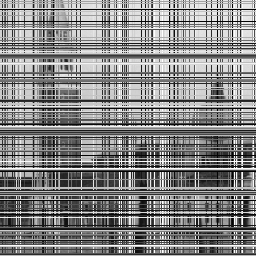
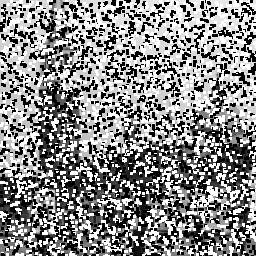
A different application of CAs is to perform copy-move forgery detection.
Our approach combined CAs with Local Binary Patterns (LBPs)
to extract simple and low dimensional feature vectors in the form of CA rules that represent
local changes in pixel luminance values.
the following shows the tampered image, the ground truth, and the CMF regions detected
by our method:
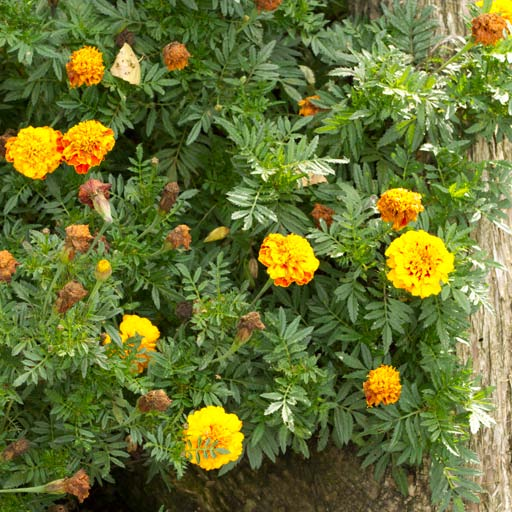
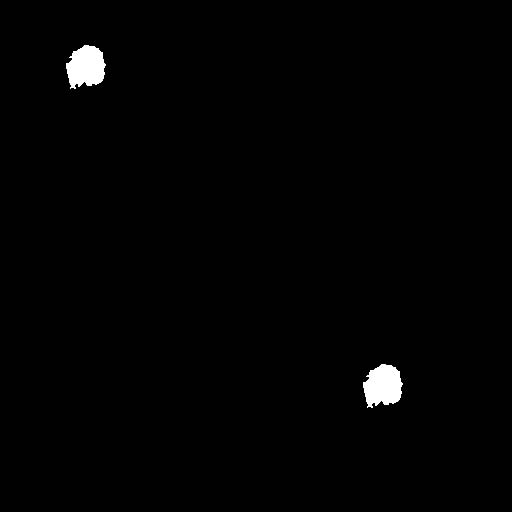
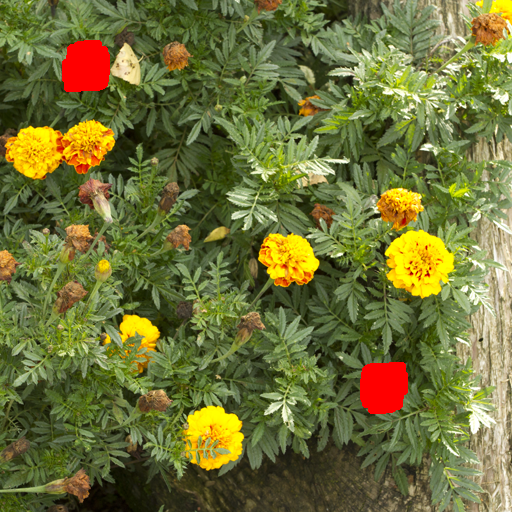
More details are given in:
-
P.L. Rosin,
"Training Cellular Automata for Image Processing",
IEEE Transactions on Image Processing,
vol. 15, no. 7, pp. 2076-2087, 2006.
-
P.L. Rosin,
"Image Processing using 3-State Cellular Automata",
Computer Vision and Image Understanding,
vol. 114, no. 7, pp. 790-802, 2010.
-
P.L. Rosin, X. Sun,
"Cellular Automata as a Tool for Image Processing",
in Emerging Topics in Computer Vision and its Applications,
editor C.H. Chen,
pp. 233-251, 2011.
see also
-
D. Tralic, S. Grgic, X. Sun, P.L. Rosin,
"Combining Cellular Automata and Local Binary Patterns for Copy-Move Forgery Detection",
Multimedia Tools and Applications,
vol. 75, no. 24, pp. 16881-16903, 2016.
Post-print|DOI: 10.1007/s11042-015-2961-2
-
P.L. Rosin and X. Sun,
"Edge Detection Using Cellular Automata",
in Cellular Automata in Image Processing and Geometry,
editors P. Rosin, A. Adamatzky and X. Sun,
pp. 85-103, 2014.
DOI: 10.1007/978-3-319-06431-4_5
-
D. Tralic, P.L. Rosin, X. Sun, S. Grgic,
"Copy-Move Forgery Detection Using Cellular Automata",
in Cellular Automata in Image Processing and Geometry,
editors P. Rosin, A. Adamatzky and X. Sun,
pp. 105-125, 2014.
DOI: 10.1007/978-3-319-06431-4_6
-
"Cellular Automata in Image Processing and Geometry",
editors P. Rosin, A. Adamatzky and X. Sun,
Springer, 2014.
DOI: 10.1007/978-3-319-06431-4
return to Paul Rosin's homepage












